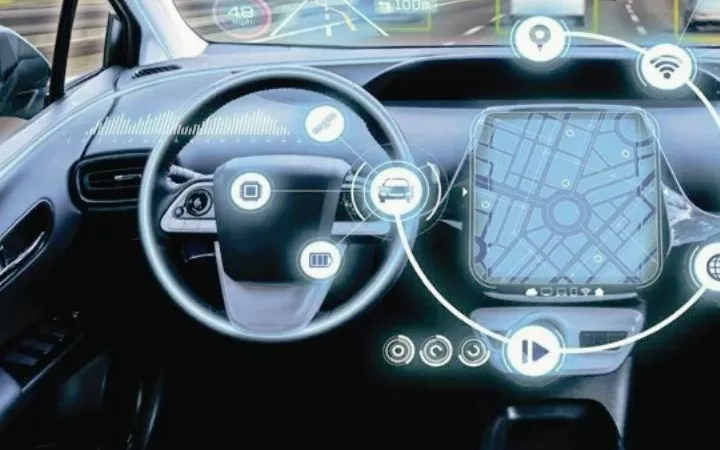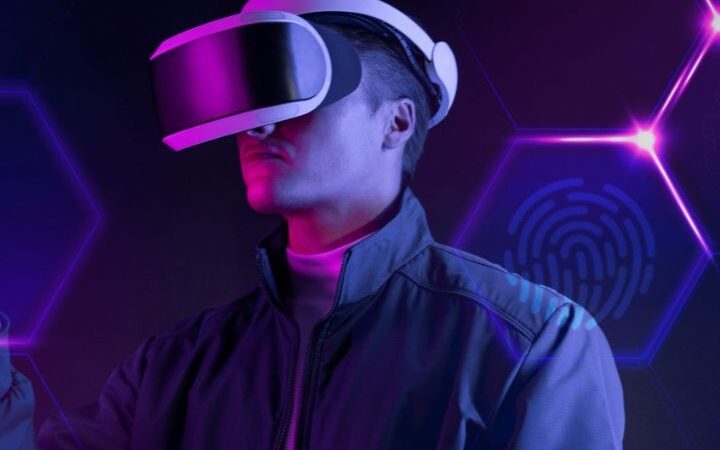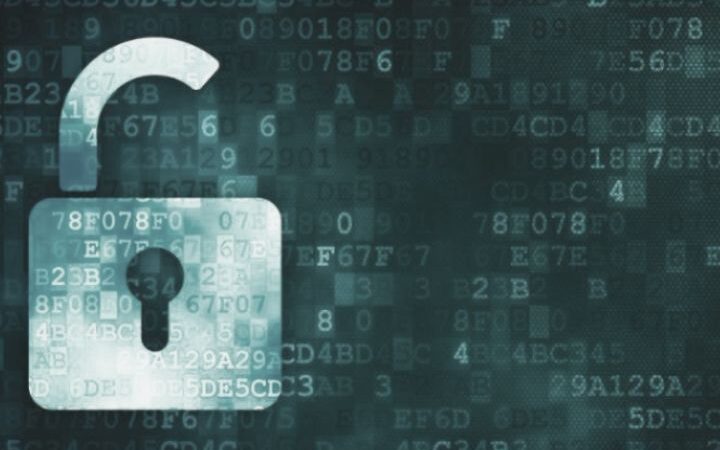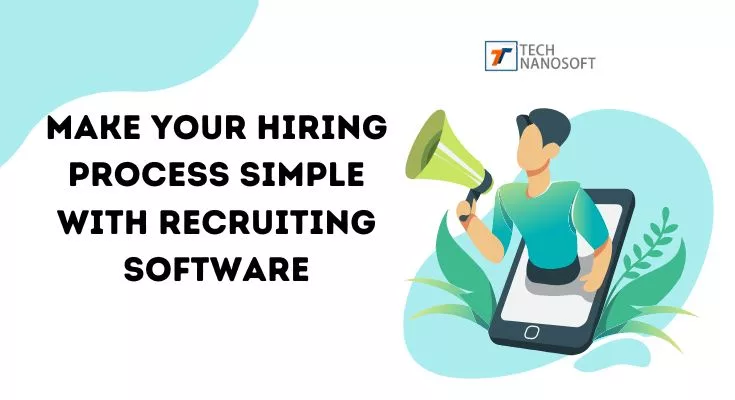What Is Block Chain? And Know About It’s Advantages, Applications And Opportunities

What is blockchain?
A blockchain is economically comparable to an electronic cash register or general ledger. However, there are a large number of distributed copies of this book.
Technically, it is a decentralized transaction database (DLT – Distributed Ledger Technology), which is available in a (peer-to-peer) network on a large number of computers (nodes) in identical, i.e., mirrored, form.
The data stock in the form of the blockchain consists of a linear sequence of chain links or blocks that build on one another in a chronologically consistent and logically consistent manner.
In addition to the actual transaction data, each block contains, among other things, a timestamp and a control or hash value of this block and the previous block (comparable to a checksum) calculated using cryptographic methods.
If the information in a block is subsequently deleted or changed, the respective hash value no longer matches the block. Since the blocks build on each other, the next block would no longer be consistent with its predecessor.
There is no longer a central control point. Such a manipulation would be noticed almost in real-time in the network between computers on which the blockchain is present several times in an identical form.
The transactions are verified “jointly,” validated, and new blocks are created. The data that is once in the blockchain can no longer be changed or deleted. Everyone involved can see the transactions on the blockchain, but nobody can manipulate them.
Decentralized means that the log, a vast database, is not on a server or company but is distributed over many computers. No one owns this journal.
The blockchain is a neutral information processing system that does not belong to anyone cannot be manipulated or hacked. Protection against manipulation is only at risk if an attacker owns more than 50 percent of the entire network.
In a decentralized system like the blockchain, there is no longer a central administrator who says what is right and wrong. What the majority says is true.
Transactions can be any information. Blockchain is not limited to financial transactions but can be used for any kind of information. It can be compared to the spoken word. For example, once I say, “You are stupid,” it cannot be changed, especially if witnesses were present.
This is also the case with transactions within the blockchain. With one difference: information can be traced at any time within the blockchain – even for new participants. Transferred that means everyone knows that I said “You are stupid,” and that applies even to the people who were not present at the time.
The parties are the participants who participate in a blockchain-based solution and follow the respective rules of the blockchain. It enables transactions directly between the participants without the involvement of a chargeable intermediary. This also prevents potential friction (dominant market positions).
The transparency of the blockchain, i.e., the journal or database, arises from the fact that a network of so-called miners constantly monitors the journal. These miners verify the stored information block by block and share it in the network, in which every participant has access to the identical blockchain.
Miners – the accountants of the blockchain
With blockchain, information is stored in so-called blocks. The type of information is of secondary importance and can be anything that fits in 40 bytes: a financial transaction, a contract, will, shares, sales contracts, or the hash value for a file.
A block always contains a (transaction) history. In addition to the checksum of the last block, a block always contains the checksum of the entire chain.
Each block is verified and sealed by mining. Once verified, the league and the information it contains are stored for all eternity, unchangeable and visible to everyone. Since stored data is available to everyone in the original, blockchain is correspondingly transparent.
Corruption and manipulation are not provided for in the system. Those who verify blocks are miners who do nothing but provide computing power and verify the blocks. So the miners act as a kind of accountant.
A Step Example: Raj buys a lot. Raj is entered as the owner of the deed. This information is stored in the blockchain. The data is verified by mining and is now protected from manipulation for all eternity and can be viewed by everyone.
Essential child – secured by public and private keys
To participate in a system based on blockchain, access software is required. The so-called wallet access software is based on a key pair consisting of a private and a public key. The public key is visible to everyone.
The private key is secret and can be compared to a password. Every transaction or movement within the blockchain is signed using the private key. Without a signature, the transaction is invalid. Since the key pair is based on asymmetric encryption, it is impossible to guess the private key from just the public key.
An example: Raj buys a piece of land. Raj’s public key is hardwired to the certificate. Everyone can see this, but only Joe can use the private key to transfer the certificate to others. If Raj loses the key, there is no way to change this certificate.
Areas of application of the blockchain
A variety of areas of application are conceivable for blockchain. For example, in the music industry, when it comes to managing rights. In contracts or tax law, i.e., wherever transparency and traceability are required.
In the financial sector, international transfers, the settlement of securities, or the settlement of transfers between banks could be processed via blockchain. The system is already being dealt with in detail in the financial sector.
The CITI bank is said to be working on over forty projects. The New York Stock Exchange is considering making share trading via the blockchain more efficient. According to a study by Santander, banks could save EUR 20 billion a year.
–Smart contracts A car purchase processed via blockchain unlocks the digital car key for the new owner after the defined amount has been received in the seller’s account. If an installment payment is not made, the car is blocked. Contracts are executed in a value-neutral manner and precisely as they were initially defined.
Intelligent contracts are executable program code in the form of an if-then condition. As soon as an event with a direct reference to the contract’s content occurs, it triggers the corresponding action.
The digital contract communicates directly with the object – for example, a car – via blockchain without an intermediary. Ethereum offers this possibility. For example.-Banking the Unbanked Access to the financial infrastructure of developing countries can also be mapped via blockchain.
With a blockchain-based currency, formal admission criteria are no longer required because, with cryptocurrencies, anyone can open an account in the form of a wallet and be in control of their finances, regardless of time and place.
-Banking infrastructure The structure of the banks has remained unchanged for decades. The process of transferring value with banks as intermediaries have been going on for over 150 years.
Blockchain can fundamentally change that. The processing of transactions and the transfer of importance in the blockchain no longer takes days but a few minutes.
-Micro Payments Since cryptocurrencies such as bitcoins can be broken down into almost any number and the fees incurred for a transaction are only around 1 percent, they are predestined for micropayments and thus for digital goods such as newspaper articles, apps, or music.
-Music industry A blockchain-based music service is a public, decentralized music store in which record contracts are no longer required. Artists manage the rights to their music and define the conditions for using the music.
The relationship between fan and artist changes dramatically in a system. Fans could participate for the support of the artists and the distribution of music and thus be part of the success. Bit Block Music
-Voting systems A voting system based on blockchain would not only be protected against manipulation, but it would also be anonymous and secure. Most importantly, voters can vote from home without going to a ballot box. Counting errors are excluded. BitCongress
-Insurance Like intelligent contracts, insurance could work. The insurance company and policyholder agree on a set of rules, and the blockchain implements this set of rules fairly and neutrally.
The driving behavior is analyzed via the blockchain and automatically adjusts the contributions. Cautious drivers are rewarded. Risky drivers pay more. A set of rules in the blockchain implements this system independently and value-neutrally.
Advantages and opportunities of blockchain technology
The use of a blockchain makes sense when processes are cross-company, inefficient, and not transparent. And when different parties are involved in the processing of digital or physical goods, rights, or the like, without there being a trustworthy party accepted by all parties involved.
The use of blockchain technology can create transparency and trust and make collaboration more efficient. The decentralized system of the blockchain replaces the need for a trustworthy central authority and makes the use of classic intermediaries superfluous.
On the one hand, this has the advantage that transaction costs can be minimized. On the other hand, through the consensus mechanism, the blockchain is supported by the community or Crowd verified and not by a single instance.
This – together with the cryptographic procedures for validating transactions – makes the system very forgery-proof. Another advantage of the decentralized structure is that the system is self-sustaining and does not stand or fall with a single company.
The redundant provision of the blockchain on different computers in a distributed network also has the advantage that the failure of individual computers does not affect the overall system.
Disadvantages and limitations when using blockchain technology
A fundamental disadvantage of blockchain technology is its inefficiency. This is because the blocks must first be calculated in parallel by many parties in a complex process and then permanently stored in parallel. This results in the frequently discussed disadvantage of a lack of scalability.
The topic is particularly critical with open blockchains. Because if z. For example, if more and more applications are implemented and used on the Ethereum blockchain, the infrastructure threatens to clog up like a bottleneck.
Therefore, a switch from the PoW to the PoS method is also being implemented at Ethereum, which is significantly more efficient.
The inefficiency described leads to immensely high power consumption, which occurs during mining and makes the technology environmentally harmful. The creation of bitcoins alone consumes almost as much electricity as the whole of Austria.
The miners usually set up their server farms where electricity is the cheapest. For example, they are placing them in Sweden, Finland, or Canada.
Even if security is emphasized and stressed in blockchains, there can never be absolute security in IT. The basis for the security in this system is that there is currently no algorithm that can solve the backward mathematical calculation of the hash function at all or in an acceptable time.
Just trying it out would take too long. In addition, there are always security gaps that need to be closed as quickly as possible before they are misused.
Data protection and data security is also important issue with blockchain. Transactions of a key pair (public and private keys) can be observed and analyzed in the system, allowing conclusions to be drawn about the interaction between different partners.
This can be undesirable, especially when different companies work together. In addition, European supervisory authorities see banking supervisory problems when using blockchain in finance.
A real dilemma arises here: an actor should not act under his real name to protect his data. On the other hand, this hiding is unacceptable from the point of view of “Know Your Customer” and opens the door to the anonymous financing of illegal transactions.
Opportunities for future development
The regulator has recognized blockchain technology as a technology driver that could trigger extensive changes in the financial services industry. This is why supervisory authorities such as BaFin and the legislature are following their developments very closely.
According to current estimates, the future value creation potential of blockchains for the companies supervised by BaFin lies in the following areas, although this list is neither complete nor conclusive:
- Simplification and automation of previously manual business processes,
- Increased efficiency of regulation through almost real-time monitoring of financial market participants,
- Reduction of the default risk of counterparties, as contracts are executed in a more secure and automated environment,
- Minimizing chances of fraud.






